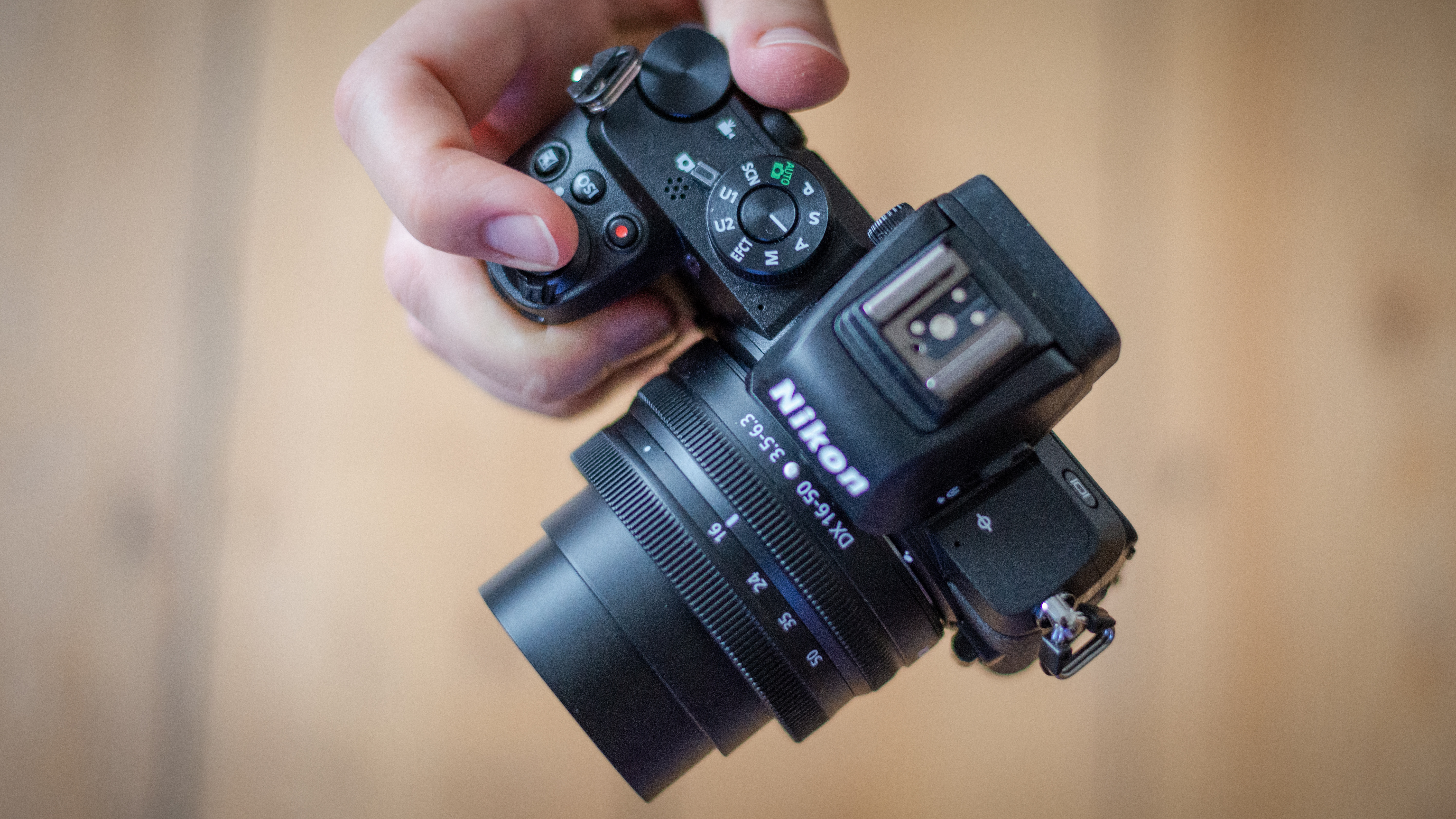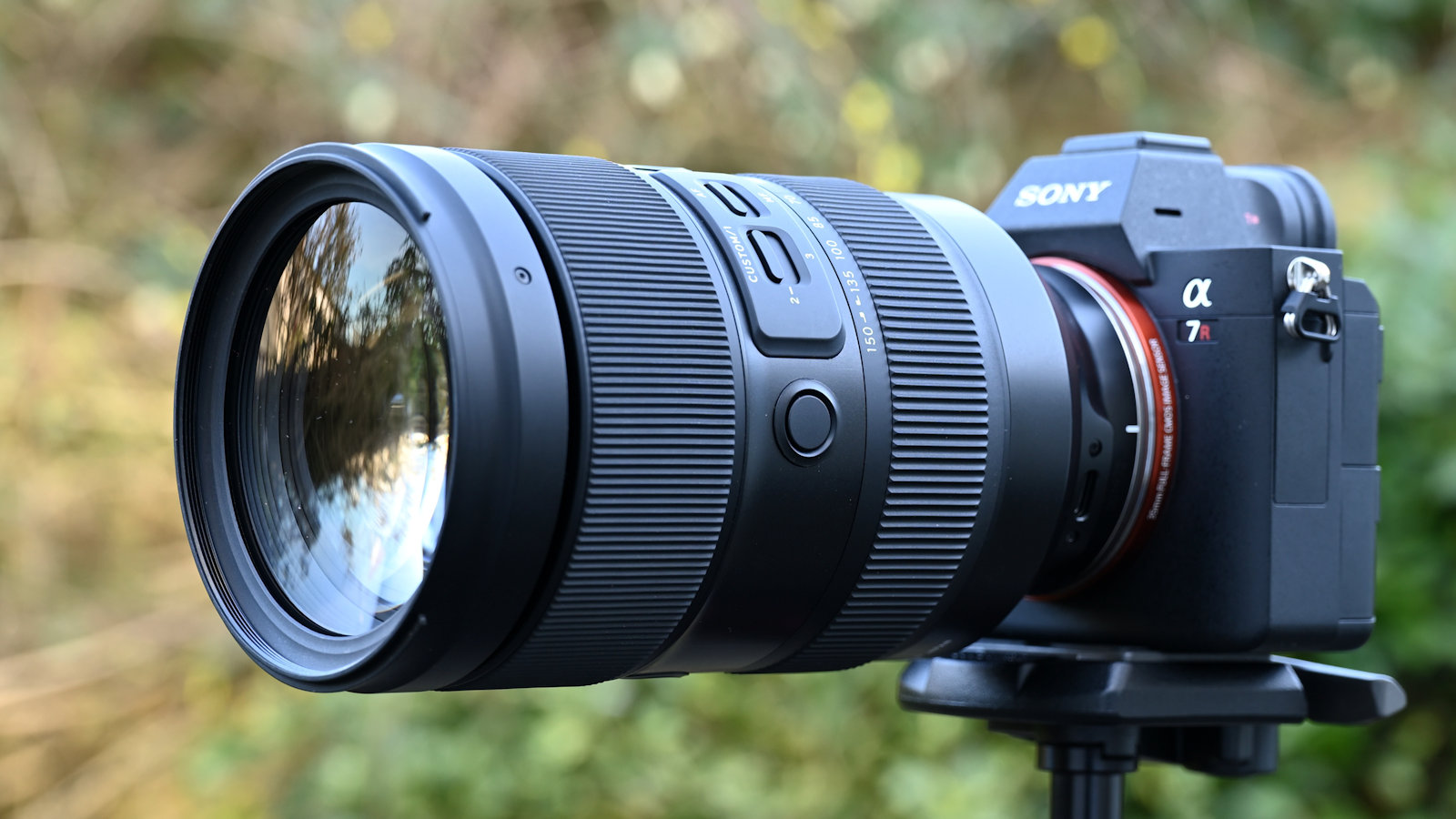Tamron reveals it'll release more Z-mount lenses this year...
...and hints that all its current E-mount lenses could eventually be converted to Z-mount

In a recent interview at CP+ 2023 with Kota Misawa, Marketing Planning Manager in Imaging Products at Tamron, the French website Phototrend revealed some interesting future plans from Tamron, particularly concerning its development of lenses for the Nikon Z-mount system.
Last year Tamron became the first third-party lens manufacturer to release a Z-mount lens: the 70-300mm F/4.5-6.3 Di III RXD. This wasn't an entirely new lens though, but rather a mount conversion of the existing Sony E-mount model.
Also read:
Best Nikon Z lenses
The best Sony lenses
The best mirrorless camera
The best DSLRs
However, this connection between the two camera manufacturers could be beneficial for Nikon shooters. According to Misawa: "...the mechanical draw of the E-mount and the Z-mount is practically the same, which allows us to use the same optical design and reduce development time. The shape and size of the lens are also similar". But while the Sony E and Nikon Z systems may be physically similar, naturally the electronic side is very different, so [Tamron] "had to develop completely new software for the Z mount and modify the integrated circuits at the optics, which takes more time."
Interestingly, when asked what Tamron's future strategy will be concerning Z mount optics, Misawa revealed: "we plan to expand our range this year on the Z mount" and "if possible, we would like our entire Sony E mount range to be developed for the Z mount. But we have not yet decided which models exactly will be developed." Given Tamron currently has 15 different E-mount lenses, that points to an impressively large possible expansion of Z-mount lenses, while at the same chasing down Sony's more established E-mount ecosystem.
Phototrend also rightly pointed out that there are now several APS-C Nikon Z-mount lenses, which could be another market for Tamron to enter. But considering the relatively fledgling Nikon APS-C Z-mount camera range, Misawa's response was that "we [will] have to see if there is enough demand to develop APS-C lenses for the Z mount". Given Tamron already makes a trio of 'Di III-A' APS-C E-mount lenses, it'd would seem plausible that one or more of these could be converted to Z-mount, if demand was high enough.
The best camera deals, reviews, product advice, and unmissable photography news, direct to your inbox!
It wasn't just the Z-mount system that was discussed in the CP+ interview. Misawa also stated that Tamron is focussed on "designing compact and lightweight lenses (the 28-75mm f/2.8 Di III VXD G2 being a primary example). But now we also consider video-oriented users". Regarding the video focus, Misawa thinks the Tamron Lens Utility (TLU) "will be particularly useful for video users...it can be used instead of follow focus functions and replace additional equipment, which means that users do not need to use these accessories. We would also like to add new functions if users request them". Currently the TLU is only available on Android, but Tamron is hoping to release the utility for iPhone as well. However, "for the iPhone, we have to develop a wireless system. We cannot use cables. This is a limitation imposed by Apple. Of course, we plan to release the app for iOS, but it takes time to develop."
While the news from Tamron for mirrorless users - especially Z-mount shooters - may be bright, we've seen a gradual yet consistent reduction in third-party DSLR lenses. Both Sigma and Tamron have been quietly discontinuing some DSLR versions of their lenses, but when questioned about whether Tamron still makes DSLR lenses, Misawa confirmed that "there is always a demand for lenses intended for DSLRs, in particular for very powerful zooms or telephotos, such as the 150-600mm or 18-400mm. However, we are not sure about developing new SLR lenses, as SLR camera sales are down. So we will decide according to the market situation and trends."
In recent years Tamron has focussed on creating new lens niches rather than just following tradition. Lenses like the superb 28-75mm f/2.8 Di III went against the established 24-70mm norm in search of a lighter, more compact design. Similarly, the 35-150mm f/2-2.8 was a lens like no other; it's aim to replace a set of large-aperture primes with a single zoom lens. When questioned whether these unusual, high-end lenses were indicative of future innovative lens releases, Misawa replied "we believe the number of avid photographers is growing as the photography market shrinks. Therefore, we believe that the demand for high-end lenses will increase, and we are happy to continue to develop new products such as the 35-150mm f/2-2.8. At the moment, we are thinking about new high-end lenses. I invite you to stay tuned for our next announcements."
Story credit: Phototrend.fr
All quotes translated from the original French using Google Translate
Read more:
• The Nikon Z lens roadmap, and what's coming next!
• These are the best Nikon cameras today
• Got a Nikon DSLR? These are the best Nikon lenses to get
• These are the best mirrorless cameras you can get right now
• Looking to turn pro? We check out the best cameras for professionals
Ben is the Imaging Labs manager, responsible for all the testing on Digital Camera World and across the entire photography portfolio at Future. Whether he's in the lab testing the sharpness of new lenses, the resolution of the latest image sensors, the zoom range of monster bridge cameras or even the latest camera phones, Ben is our go-to guy for technical insight. He's also the team's man-at-arms when it comes to camera bags, filters, memory cards, and all manner of camera accessories – his lab is a bit like the Batcave of photography! With years of experience trialling and testing kit, he's a human encyclopedia of benchmarks when it comes to recommending the best buys.




